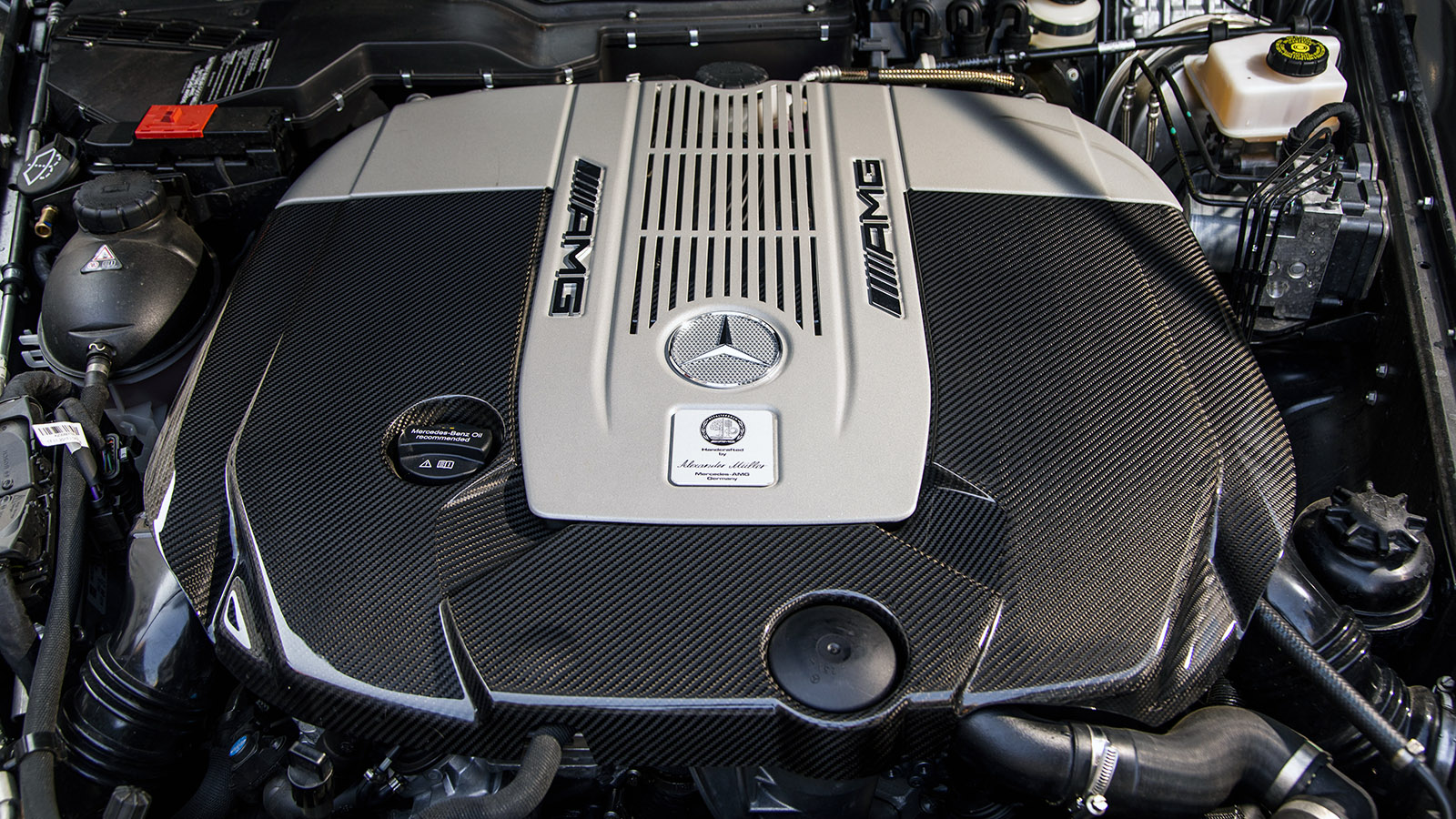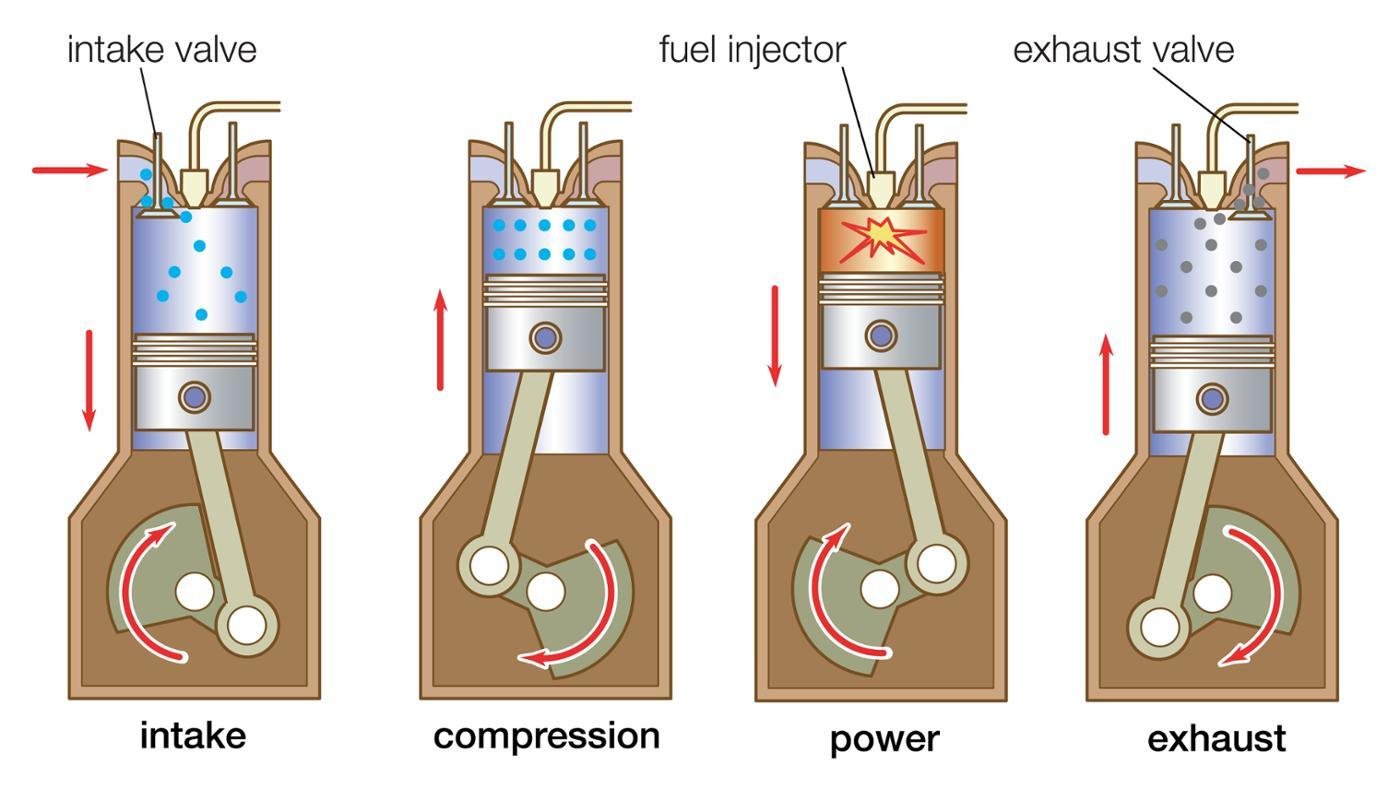The Mission for Ultimate Driving Power: Checking Out the Peak of Engine Efficiency and Technological Developments in the Automotive Field
In the world of vehicle design, the pursuit of maximum driving power has been a relentless pursuit that has unfolded via the advancement of engine design and the integration of innovative technologies. From the careful workmanship of burning engines to the rapid developments in electrical propulsion systems, the vehicle field stands at the cusp of a new period identified by unmatched efficiency capacities.
Evolution of Engine Design

In addition, the combination of turbocharging and turbo charging innovations has actually transformed engine design by boosting power without significantly raising engine dimension. These forced induction systems compress the consumption air, enabling more fuel to be combusted, thereby creating higher power result from a smaller engine. This development has actually been especially critical in enhancing the performance of smaller sized displacement engines while maintaining gas efficiency criteria.

Performance-Enhancing Gas Technologies
The implementation of advanced fuel modern technologies has significantly added to enhancing engine performance in modern-day automobiles. From standard gasoline and diesel to ingenious biofuels, synthetic gas, and hydrogen, the vehicle market is experiencing a revolution in gas options. Biofuels, stemmed from sustainable sources like algae, corn, or sugarcane, deal enhanced and reduced emissions engine effectiveness. Artificial fuels, produced through chemical processes, give high octane rankings, improving power result. Hydrogen fuel cells, although still in the onset of fostering, show excellent promise because of their zero-emission nature and capacity for high performance. Furthermore, gas additives and detergents are being developed to tidy engine elements, optimize burning, and lower friction, thereby increasing overall vehicle efficiency. With ongoing r & d, the mission for the supreme driving power proceeds, as designers make every effort to unlock the complete potential of performance-enhancing fuel innovations in the automobile industry.
Innovations in Electric Propulsion
Considerable strides in electric propulsion modern technology have actually changed the auto market, leading the means for a brand-new era of lasting and effective transportation. Electric vehicles (EVs) are gaining appeal because of their ecological advantages and innovations in battery innovation, making it possible for longer driving varieties and shorter charging times. Producers are spending greatly in research and development to improve the efficiency of electrical propulsion systems, concentrating on raising power result, enhancing power efficiency, and reducing total weight.
One remarkable development in electrical propulsion is the advancement of advanced electric motors that provide greater torque and power thickness, causing boosted acceleration and total driving efficiency. Additionally, regenerative stopping systems have actually been fine-tuned to save and catch energy throughout slowdown, further improving the effectiveness of EVs.
Moreover, the integration of clever innovations, such as expert system and anticipating analytics, is optimizing the management of electric propulsion systems, making sure optimal efficiency under various driving conditions. These innovations in electrical propulsion are improving the auto landscape, driving the market towards an extra sustainable and energized future.
Effect of Computational Liquid Characteristics
With advancements in electric propulsion pushing the boundaries of automotive innovation, the assimilation of Computational Liquid Characteristics is playing a critical function in optimizing wind resistant performance and boosting general efficiency in lorry design. Computational Liquid Dynamics (CFD) includes using see here now computer system simulations to analyze the flow of air around an automobile, enabling engineers to predict exactly how layout changes will certainly affect aerodynamics without the need for pricey physical models. By precisely modeling air movement patterns, CFD allows for the refinement of lorry shapes to minimize drag, enhance cooling, and enhance security.
One trick benefit of making use of CFD in automobile style is the ability to repeat swiftly, exploring numerous design variants to recognize the most aerodynamically efficient remedies. This repetitive procedure results in cars that are not only navigate to this website sleeker and much more aesthetically appealing but likewise more fuel-efficient and environmentally pleasant. CFD enables designers to maximize airflow around elements such as radiators, engine bays, and wheel wells, contributing to boosted efficiency and total driving experience. To conclude, the integration of Computational Liquid Characteristics stands for a substantial action onward in the quest for ultimate driving power and efficiency in the automobile market.
Future Fads in Engine Advancement
In the vibrant landscape of vehicle engineering, innovative innovations are forming the future trajectory of engine advancement. The future of engine design is marked by a strong emphasis on sustainability, effectiveness, and performance. Suppliers are progressively concentrating on developing engines that not just supply high power results but likewise focus on environmental responsibility by reducing emissions and improving fuel effectiveness.
One noticeable pattern in engine advancement is the increase of electrification. Crossbreed and electric powertrains are obtaining grip as sensible alternatives to conventional burning engines. These technologies use the capacity for significant reductions in carbon exhausts and raised power effectiveness, lining up with worldwide initiatives to battle climate modification.
Furthermore, advancements in materials science and production methods are allowing the production of lighter and more resilient engine components. This change in the direction of lightweight materials such as carbon fiber and aluminum alloys adds to improved performance and gas economic situation.
Conclusion
To conclude, the search of utmost driving power in the automobile sector remains to drive improvements in engine design, fuel modern technologies, electric propulsion, and computational liquid dynamics. The evolution of these innovations is shaping the future of engine innovation, paving the way for much more efficient and effective automobiles (engines for africa). As the sector remains to press the limits of what is feasible, we can anticipate to see much more groundbreaking developments in the pursuit for peak efficiency
One of the crucial milestones in engine design advancement is the change from typical carbureted engines to modern-day fuel-injected systems. By exactly metering the fuel distribution to each cylinder, fuel-injected engines enhance combustion, resulting in much visit this web-site better efficiency and minimized environmental impact.
Moreover, the integration of turbocharging and turbo charging technologies has reinvented engine design by increasing power without significantly raising engine dimension (engines for africa).The implementation of sophisticated gas innovations has significantly contributed to improving engine efficiency in modern vehicles. Additionally, gas additives and detergents are being formulated to clean engine components, optimize burning, and reduce rubbing, consequently enhancing general automobile performance